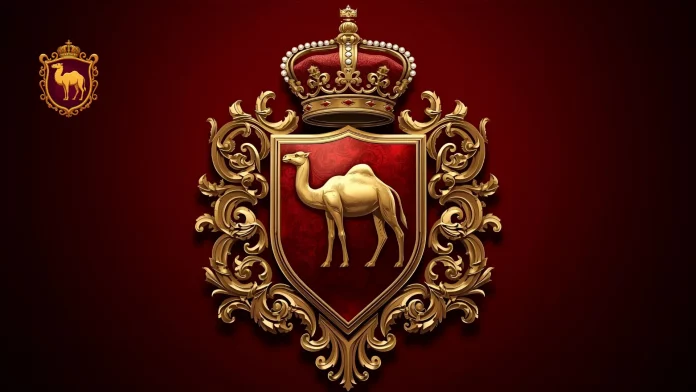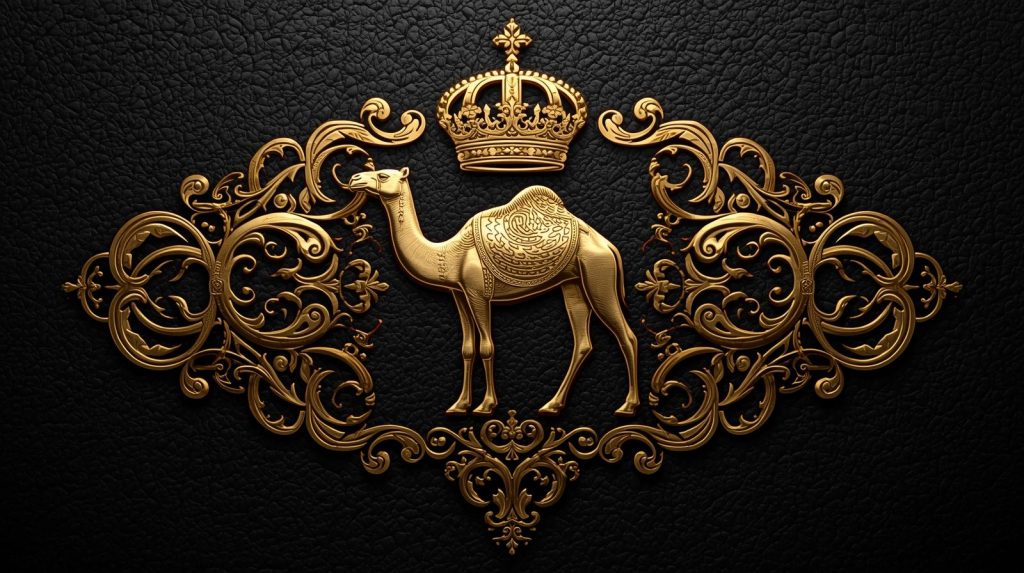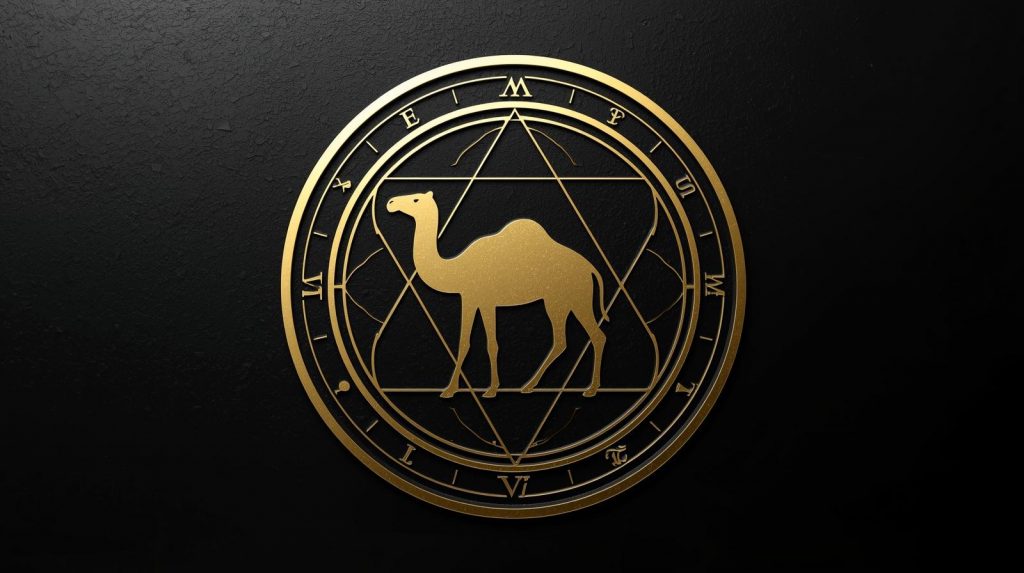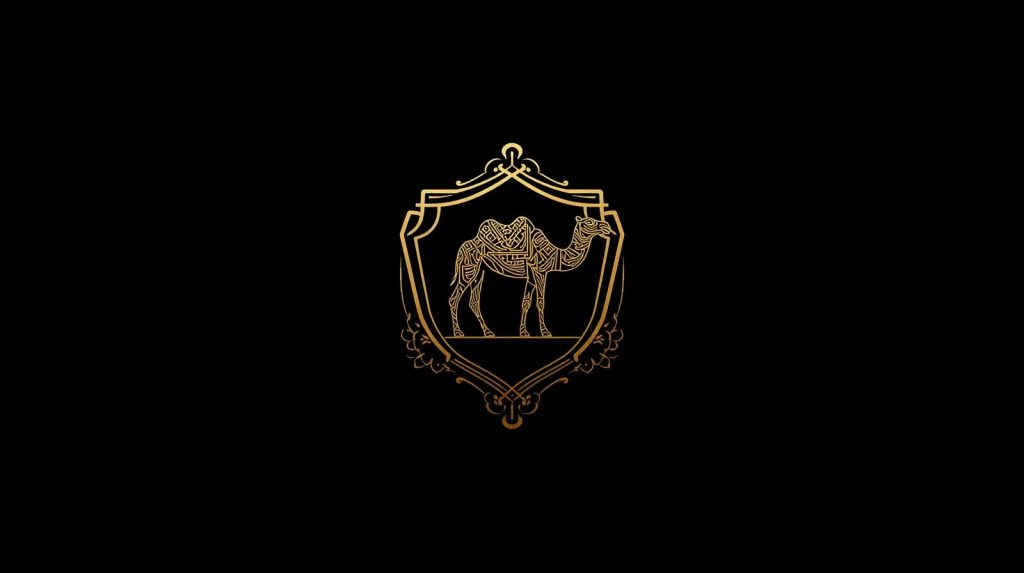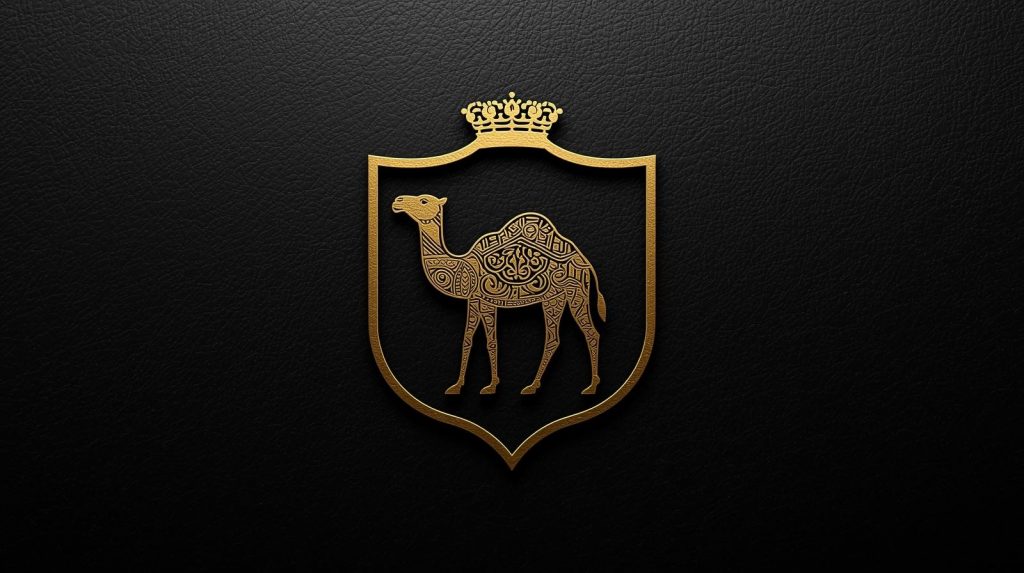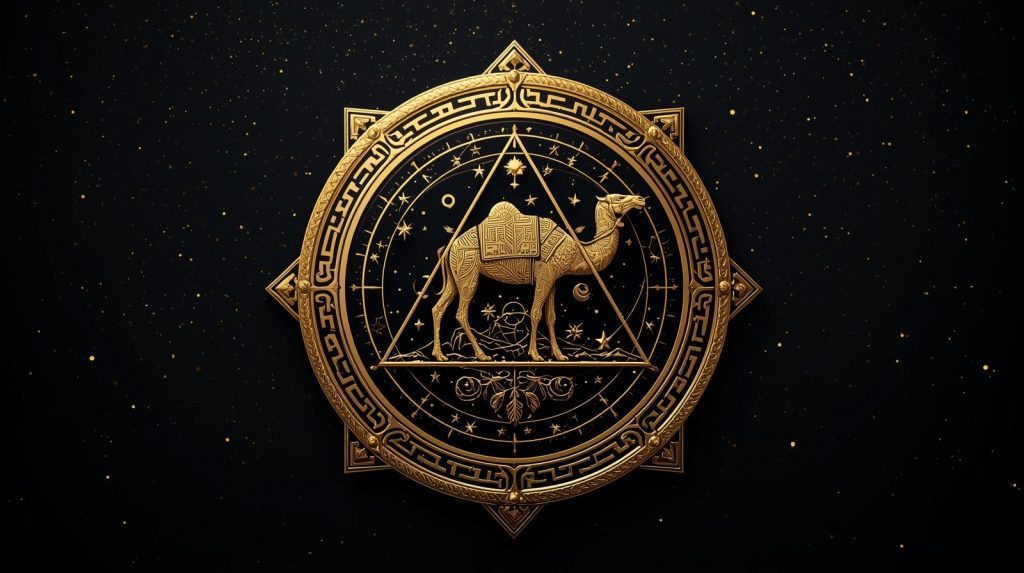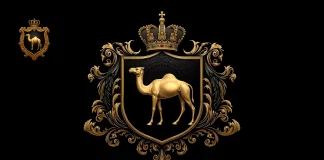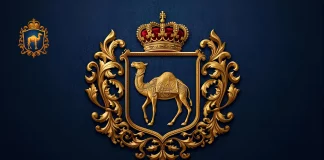Opening – The Paradox
What the crowd calls “risk” is often the only path to lasting value.
And what the crowd calls “safety” is usually the most fragile place to stand.
Investing is a strange field.
Most people enter it not to grow, but to calm themselves.
To buy the illusion of protection rather than the truth of reality — especially those who already hold capital.
This essay explores why the wealthy lose more often than they realise, why “safe bets” quietly turn into traps, and why true value is born not in comfort, but where meaning is stronger than fear.
The Mistake of the Wealthy: They Buy Calmness, Not Anti-Fragility
Paradoxically, the more money a person has, the less they seek growth — and the more they seek emotional comfort.
This is why wealthy individuals often make the weakest investments.
They search not for opportunity, but for reassurance.
Not for asymmetry of upside, but for insulation from discomfort.
They are willing to overpay for the feeling that “everything is under control” — a feeling that evaporates with the first real shock.
“Safety” is sold at a premium — and nearly always turns out fake.
Anything that requires constant protection is fragile by nature.
Why the “Elite Crowd” Is No Smarter Than the Ordinary One
There is a persistent illusion: wealthy = intelligent.
As if capital automatically improves thinking.
Money doesn’t cure intellectual cowardice.
It only masks it under status, consultants, and glossy reports.
The wealthy herd is no different from the ordinary one — except for the size of its mistakes.
The average person loses thousands.
The wealthy lose millions.
The difference is in the zeros, not in the thinking.
While the ordinary crowd follows trends, the “elite” crowd follows the same trends — only wrapped in the language of analysts, private banks, and polished presentations.
But the essence remains the same: fear of thinking independently.
The Investor’s Main Trap: The Need for Confirmation
An investor who needs validation has already lost.
They are not investing for outcome — they are paying for psychological comfort.
People wait for someone “respected” to enter first.
They read analysts, news, club letters, and reports — not for insight, but to hear: “Yes, you won’t be wrong.”
But if everyone agrees, it’s already too late.
The price of the asset already includes the crowd’s certainty.
Seeking confirmation means buying at the peak — the point where no future growth remains.
If you need social proof, you are not an investor — you are a spectator in the VIP lounge, paying for a seat to watch someone else’s success and hoping a drop of it lands on you.
Confidence shared by the crowd is not a signal of safety.
It is the strongest indicator of a bubble.

How Fragile Value Is Born: Assets That Survive Only in Perfect Conditions
Fragile value is created when an asset exists only as long as the environment is “favourable.”
Remove even one comfort factor — and it collapses like a souvenir that looks elegant on a shelf but shatters the moment it is dropped.
Fragile assets share one trait:
they require constant attention, applause, marketing, hype, news, and narrative support to stay alive.
They are like greenhouse plants — lush in ideal conditions,
but helpless against real weather.
Fragile value doesn’t rest on essence — it rests on conditions.
Take away cheap credit, remove media praise, stop the advertising, shift sentiment slightly — and the “value” evaporates.
Here is the test:
If an asset loses meaning the moment applause stops — it was never valuable.
A bubble is not a tool — it is a dependency on perfect circumstances.
The moment reality turns the temperature up by a few degrees, fragile assets turn to glass: glittering on display, but unusable in the real world.
True value does not require a curated environment.
It is alive on its own terms, independent of the crowd’s attention.
Anti-Fragility: The Rare Quality That Gains From Chaos
Anti-fragility is not resilience.
Resilience resists chaos.
Anti-fragility grows stronger because of it.
Most investors fail to grasp this because they chase protection rather than advantage through volatility.
Fragile breaks under stress.
Resilient survives.
Anti-fragile improves after the hit.
Anti-fragile assets don’t need forecasts, applause, or perfect timing.
They need exposure to time, randomness, and reality.
Where others collapse, they gather strength.
Examples of anti-fragility:
— languages that survived empires and conquests
— ideas that were banned, yet returned more powerful
— brands mocked at birth, later becoming cultural icons
You don’t need to shield the anti-fragile — chaos is its gym.
If value disappears after its first encounter with adversity, it was never value — it was theatre.
That which survives the storm becomes legacy.
Eastern Wisdom vs. the Western Illusion of Control
The West trains people to fear chaos.
The East teaches them to live with it.
The West seeks to control risk, volatility, outcomes — as if chaos is a system malfunction.
The East understands that chaos is a feature of nature, and strength comes not from suppressing uncertainty, but from standing whole within it.
The West invents models to explain the world.
The East offers metaphors that reveal it.
And often, the metaphor is more accurate than the spreadsheet.
An Eastern saying captures it well:
“If the road is perfectly smooth, it leads nowhere.”
Comfort weakens adaptability.
Heat, wind, drought, hardship — these forge character that does not crack.
The West worships “stability.”
The East respects “endurance.”
This is why Eastern culture intuitively grasps something Western finance often misses:
Value is not a delicate vase placed behind glass — it is water that survives any vessel.
Why Most NFTs Are Fragile Noise
NFTs are not the issue.
The intentions behind most NFTs are.
99% of NFTs were created not as value, but as noise — fast, fashionable, speculative.
No heritage.
No cultural root.
No connection to history, land, people, identity, or time.
They are digital greenhouse plants:
alive only while marketing and hype lamps are on.
If an NFT exists purely because Discord is active, Twitter is excited, and influencers are shouting about it — it is doomed.
That is not an asset — that is a spark.
Most NFTs were designed for applause.
And anything built for applause cannot survive silence.
The fragility of NFTs is not technological.
It is philosophical.
An NFT without cultural code is just pixels with a price tag.
Rarity ≠ Value: The Most Dangerous Delusion Among Investors
One of the most naïve beliefs in the market is that rarity automatically creates value.
But rarity alone means nothing.
Trash can be rare too.
Scarcity is not significance.
Rarity without meaning is just a shortage.
Value does not emerge from limited quantity — it emerges from relevance.
Many NFT projects tried to sell “uniqueness” and “limited supply” as if 1 of 1,000 carried spiritual weight.
But manufactured scarcity is artificial.
It cannot survive time because it has no root.
Rarity is not a source of value.
Rarity is an amplifier of value — if value already exists.
Where True, Anti-Fragile Rarity Appears
Rarity becomes meaningful only when it carries depth, heritage, and the proof of time.
Anti-fragile rarity is born at the intersection of three forces:
- Meaning – Why does this matter?
- Heritage – What has it survived?
- Vitality – Does it grow stronger after being tested?
When these three align, rarity stops being a marketing tactic and becomes destiny.
A rare piece of art is valuable not because few exist,
but because it became a symbol of its era.
A rare word that survived in language is not about letters,
but about the meaning generations refused to lose.
A rare cultural artefact is not a souvenir —
it is a carrier of identity.
True rarity does not need persuasion.
It is felt.
The East as a Living Example of Anti-Fragility: Value Forged in Harshness
Eastern culture is a testament to anti-fragility.
It has endured wars, empires, droughts, migrations, divisions, and centuries of upheaval — yet never dissolved.
It transformed — and in doing so, became deeper.
The East never placed comfort above meaning.
Respect has always been granted not to what is easy to obtain,
but to what withstood reality.
The West favours the concept of “preserving value in a safe environment.”
The East believes:
If a value cannot survive the desert, it does not deserve the oasis.
In the desert, survival is not for the decorative, but for the essential.
Not for what shines, but for what endures.
Not for what is fashionable, but for what is true.
This is why the East instinctively understands:
Real value is that which can live without conditions.
The Camel: A Symbol That Did Not Merely Survive — It Grew Stronger Because of Chaos
The camel is one of the purest examples of an anti-fragile symbol.
It didn’t simply endure harsh conditions — it evolved through them.
If the world were soft and mild, like a European garden, the camel would never have existed.
But when the environment is heat, sand, wind, scarcity of water, and endless distance — survival belongs not to the strongest in the Western sense, but to the one who turns adversity into advantage.
The camel does not resist the desert — the desert shapes it.
Its stored water is not “protection against hardship,”
but the ability to use hardship as training.
This is anti-fragility in its most elegant form:
the harsher the reality, the more valuable the camel becomes.
The camel is not merely an animal —
it is a cultural code of endurance, wisdom, and the ability to thrive without applause.
It existed long before technology and will exist long after.
Not because anyone protects it — but because it is irreplaceable in an environment that destroys most things.
When an Anti-Fragile Symbol Enters the Digital Age
When something that has withstood centuries of chaos is carried into a digital form, it is not speculation — it is the evolution of value.
Most NFTs exist for the trend.
But a rare kind of NFT is born not for hype,
but as a continuation of heritage.
When a cultural symbol that survived climate, history, trade, faith, and time receives a digital extension, it is not a pixel experiment — it is preservation.
A way to transmit meaning beyond geography, beyond the physical, beyond the limits of inheritance.
In such cases, the NFT is not valuable because it is an NFT.
It is valuable because it becomes a digital vessel for something that time has already validated.
Technology, then, is not the story — it is the bridge.
The Wealthy’s Most Naïve Mistake: Investing in What “Looks Safe”
The wealthy lose fortunes not by taking risks,
but by paying for the illusion of safety.
They buy assets designed to appear respectable, predictable, and “appropriate.”
But respectable does not mean resilient.
Predictable does not mean alive.
“Safe” assets are like fine porcelain:
beautiful while untouched —
shattered when reality shifts.
The largest financial disasters did not occur in high-risk areas.
They occurred where everyone believed risk didn’t exist.
The illusion of protection costs more than fear ever could.
The Wisest Choice: Choose What Survives the Storm, Not What Wins Applause
Any value that requires applause is doomed.
Applause is temporary.
Time is ruthless to what is loved only by the crowd.
A true asset must withstand silence.
Criticism.
Indifference.
Generational change.
Technological change.
If something retains meaning when no one is watching, it deserves a future.
If it becomes stronger through time, resistance, doubt, and attempted destruction — it is anti-fragile.
In a world obsessed with sparkle, wisdom lies in choosing what does not rust in the sand.
The Dual Realisation: Mindset and Choice
By now, a thoughtful reader should experience two quiet, but sharp recognitions:
Realisation #1 (about thinking):
To avoid the mistakes of the crowd, wealth, education, and information are not enough.
One must think differently:
not seek confirmation, not chase safety, not wait for perfect conditions.
Step where others hesitate.
Where there is no applause yet — but there is meaning.
Realisation #2 (about assets):
To win in the future, choose what is not afraid of chaos — but fed by it.
What outlives noise rather than depends on it.
What has survived reality — and became more valuable through the trial.
Anti-fragile heritage is stronger than fashion and louder than hype.
Whether in physical or digital form does not matter —
what matters is that it will outlive us.
Conclusion
Victory does not belong to those who seek shelter from chaos.
It belongs to those who recognise that chaos is a filter:
it separates the temporary from the timeless, the noisy from the meaningful, the trend from the legacy.
The fragile begs for protection.
The anti-fragile grows in the storm.
And if one wishes to leave not a trace in balance sheets,
but a mark in history,
the wise choice is not what appears clever today —
but what will be more valuable tomorrow precisely because it survived the storm.

